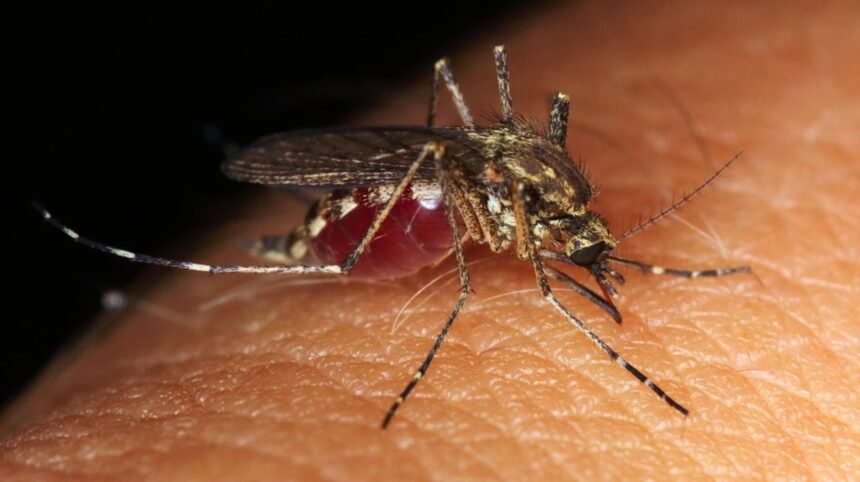Zimbabwe is losing its fight against malaria after US aid cuts left the country defenceless against the disease. Doctors report malaria has come back “stronger than ever,” with outbreaks jumping from just one case last year to 115 this year.
The crisis started six months ago when America stopped funding health programs that helped control malaria, HIV, and tuberculosis. This decision shut down vital research at Africa University in Mutare, where scientists were working to stop malaria in Zimbabwe.
The impact has been immediate and severe, a key research centre fighting malaria was forced to close its doors when funding disappeared. This facility had been providing essential scientific support to Zimbabwe’s National Malaria Control Programme, leaving a gaping hole in the country’s defences against the disease.
New health ministry figures paint a concerning picture of the crisis unfolding across Zimbabwe. During the first four months of 2025, malaria infections skyrocketed by 180% compared to the same period last year. Even more alarmingly, deaths from the disease jumped by 218%, rising from 45 to 143. By late June, the official count showed nearly 120,000 cases and 334 deaths nationwide.
The funding cuts have disrupted life-saving prevention efforts across the country. Shipments of insecticide-treated mosquito nets, a crucial barrier against infection, fell short by 600,000 due to the sudden loss of financial support. While health workers managed to distribute 1.6 million nets, hundreds of thousands of families remain unprotected against malaria-carrying mosquitoes.
Health advocates warn that decades of progress could be erased. Itai Rusike of Zimbabwe’s Community Working Group on Health explains that without consistent funding for prevention and treatment, the gains made over twenty years could quickly disappear. Children under five, who account for 14% of all cases, are particularly vulnerable to the resurgent threat.
Zimbabwe had set an ambitious goal to eliminate malaria by 2030, aligning with targets set by the African Union. The strategy included community education programs, widespread distribution of protective nets, indoor spraying campaigns, and improved disease monitoring systems. However, these efforts now face an uncertain future without reliable funding.
Former Health Minister Dr. Henry Madzorera emphasises that Zimbabwe cannot depend on foreign donors to solve this crisis. He points to existing health taxes that could be redirected to fund malaria prevention and urges the government to take action. Current health officials acknowledge the challenges but remain committed to the elimination target, with Deputy Health Minister Sleiman Kwidini vowing to continue net distribution despite the funding gap.
The dramatic turnaround in Manicaland province illustrates what’s at stake. After the US-funded program began in 2021, malaria cases plummeted from 145,775 to just 8,035 by 2024. But when funding stopped, infections more than tripled in a single year. Professor Sungano Mharakurwa, who led the research program, describes how malaria returned with frightening speed, undoing years of painstaking progress.
Compounding the problem, unusually heavy rains this year created ideal breeding conditions for malaria-carrying mosquitoes. With the country’s defences weakened by funding cuts, health workers now face an uphill battle to contain the outbreak.
As cases continue to rise, Zimbabwe stands at a crossroads. The country has proven it can control malaria with proper resources and commitment. Now, with lives hanging in the balance, finding new solutions has become a matter of life and death. The clock is ticking to prevent this preventable disease from claiming more victims.










